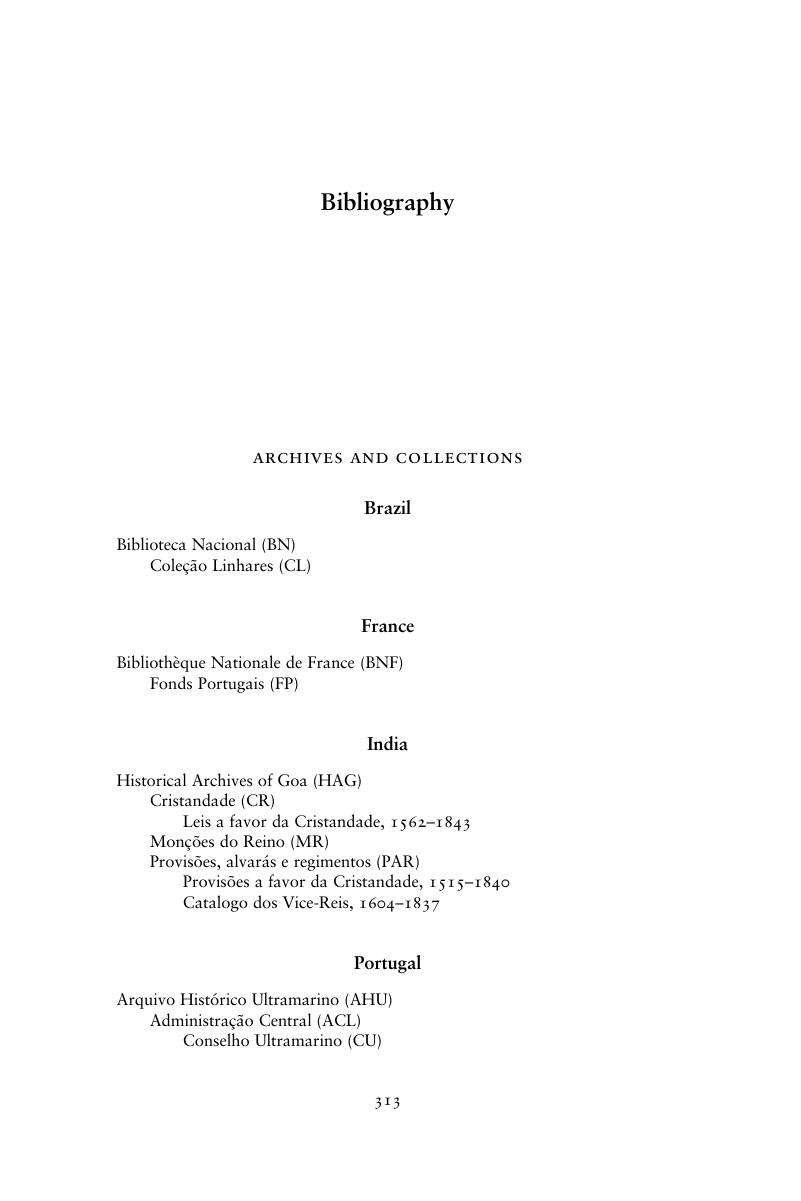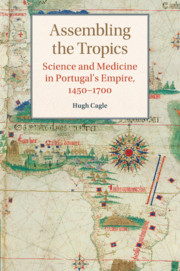Book contents
- Assembling the Tropics
- Studies in Comparative World History
- Assembling the Tropics
- Copyright page
- Dedication
- Epigraph
- Contents
- Illustrations
- Acknowledgments
- A Note on Spelling and Translation
- Abbreviations
- 1 Reading between the Lines
- Part I The Coast of Africa, 1450–1550
- Part II The Indian Ocean World, 1500–1600
- Part III The Portuguese Atlantic, 1550–1700
- Bibliography
- Index
- References
Bibliography
Published online by Cambridge University Press: 23 August 2018
- Assembling the Tropics
- Studies in Comparative World History
- Assembling the Tropics
- Copyright page
- Dedication
- Epigraph
- Contents
- Illustrations
- Acknowledgments
- A Note on Spelling and Translation
- Abbreviations
- 1 Reading between the Lines
- Part I The Coast of Africa, 1450–1550
- Part II The Indian Ocean World, 1500–1600
- Part III The Portuguese Atlantic, 1550–1700
- Bibliography
- Index
- References
Summary

- Type
- Chapter
- Information
- Assembling the TropicsScience and Medicine in Portugal's Empire, 1450–1700, pp. 313 - 352Publisher: Cambridge University PressPrint publication year: 2018



